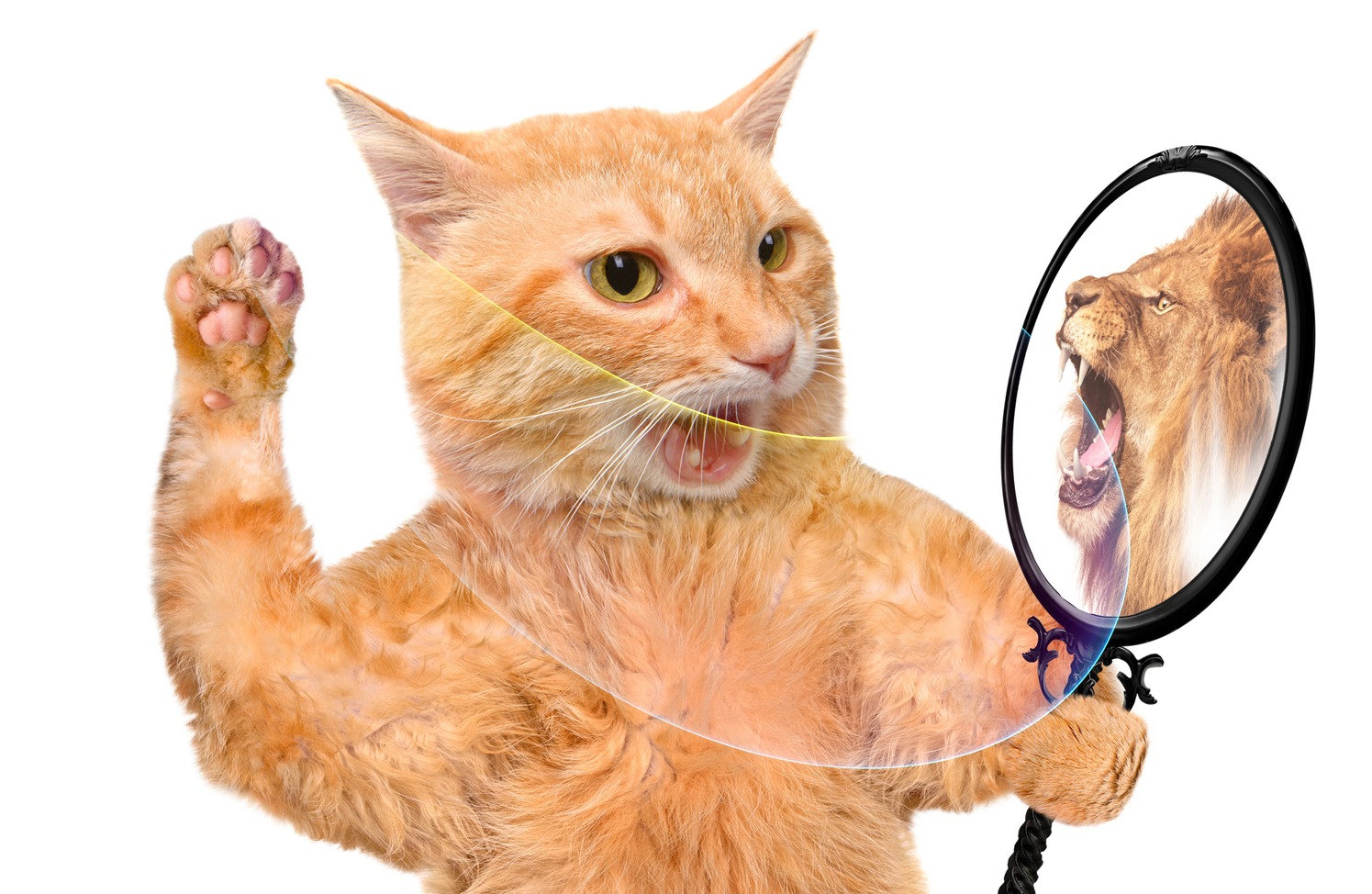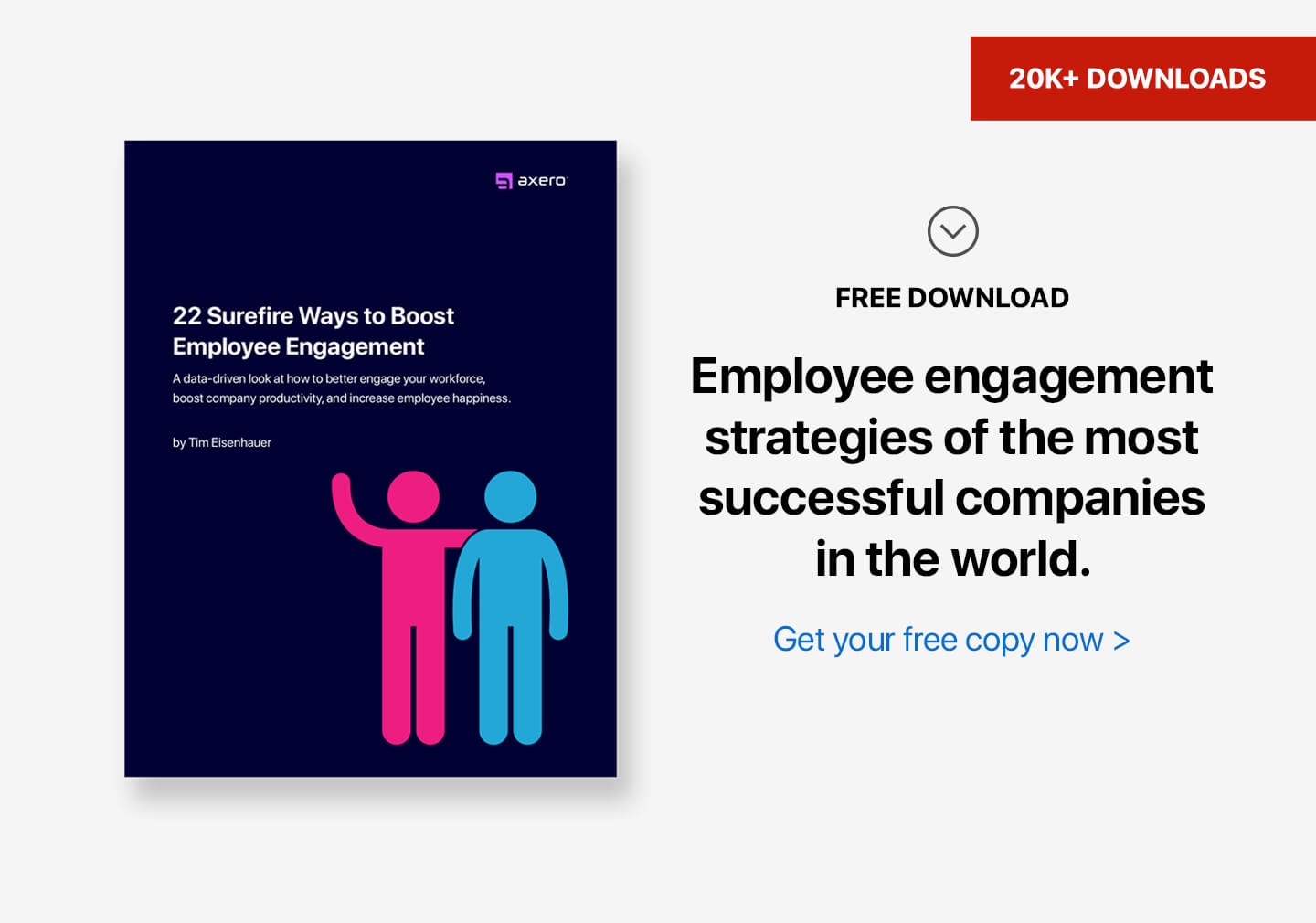Culture is good. Culture builds pride in one’s work and brand. Pride is a great recruiter and motivator. Companies like Google, Four Seasons, and Proctor & Gamble work hard to give employees a sense of belonging and a drive to be the best in the world. However, is there such a thing as too much pride?
Google employees may not be shocked to hear that they have a reputation for being arrogant. Ironically, Google lists “intellectual humility“ as one of its top hiring criteria, yet, according to Quora, the company has a few not-so-humble practices.
Here’s how one former employee answered the question: “What are the disadvantages of working at Google?”
“… Many Google tech employees are isolated from the outside tech world. For example, don’t be surprised if you talk to a Google engineer and s/he has never heard of Slack. The main reason, shockingly, is Google tech force is too strong, and every area you can think of, Google has world class experts. Then this leads to NIH syndrome (Not Invented Here). Google builds everything in house. As time goes, people only look at the in house stuff, and lose touch of the outside development.” (Quora)
Another employee said that when someone at Google asks a dumb question, the standard response is: “Have you searched it on Bing?”
Can over-attachment to your brand hurt you in the marketplace? One company answered this question with a definitive “Yes.” Two decades ago, defeating the “not invented here” syndrome became a matter of survival for Proctor & Gamble.
In 2000, after missed earnings, P&G stock dropped from $118 to $52 per share. In just a few weeks, the company lost more than half of its market value. The CEO resigned, and the new CEO had to find what was broken and fix it.
Throughout its long history, P&G thrived by bringing new products to market. It would continue to focus on R&D, but in a way that was radically more productive…
“P&G created most of its phenomenal growth by innovating from within—building global research facilities and hiring and holding on to the best talent in the world. That worked well when we were a $25 billion company; today, we’re an almost $70 billion company… Most mature companies have to create organic growth of 4% to 6% year in, year out. How are they going to do it? For P&G that’s the equivalent of building a $4 billion business this year alone.” 1
… and less costly:
“The explosion of new technologies was putting ever more pressure on our innovation budgets. Our R&D productivity had leveled off, and our innovation success rate—the percentage of new products that met financial objectives—had stagnated at about 35%… In 2000, realizing that P&G couldn’t meet its growth objectives by spending more and more on R&D for less and less payoff, our newly appointed CEO, A.G. Lafley, challenged us to reinvent the company’s innovation business model.” 1
The solution was to give the “not-invented-here” syndrome an instant boot.
“As we studied outside sources of innovation, we estimated that for every P&G researcher there were 200 scientists or engineers elsewhere in the world who were just as good—a total of perhaps 1.5 million people whose talents we could potentially use. But tapping into the creative thinking of inventors and others on the outside would require massive operational changes. We needed to move the company’s attitude from resistance to innovations ‘not invented here’ to enthusiasm for those ‘proudly found elsewhere…” 1
The new model wasn’t about acquisitions, alliances, in-licensing or R&D outsourcing. P&G calls these “bandages on a broken model.” Rather, the company came to view the entire world as its virtual lab: “we needed to change how we defined, and perceived, our R&D organization—from 7,500 people inside to 7,500 plus 1.5 million outside, with a permeable boundary between them.” With research and development redefined, P&G set an ambitious goal of sourcing half of its winning product ideas from the outside.
Six years later, P&G stands by its choice:
“The model works. Today, more than 35% of our new products in market have elements that originated from outside P&G, up from about 15% in 2000. And 45% of the initiatives in our product development portfolio have key elements that were discovered externally… Our R&D productivity has increased by nearly 60%. Our innovation success rate has more than doubled, while the cost of innovation has fallen. R&D investment as a percentage of sales is down from 4.8% in 2000 to 3.4% today. And, in the last two years, we’ve launched more than 100 new products for which some aspect of execution came from outside the company. Five years after the company’s stock collapse in 2000, we have doubled our share price and have a portfolio of 22 billion-dollar brands.” 1
In April 2017, P&G was in the news once again for falling short of expectations. As A.G. Lafley, the company’s now legendary former CEO once said, “strategy doesn’t last forever.” The new CEO, David S. Taylor, is hard at work purging under-performing brands and divesting tangential businesses in an all-out effort to focus the company on what it does best.
His execs are beating the drum to a new set of sound bites. On April 26, 2017, The Wall Street Journal reported that:
“CFO Jon Moeller used the phrase ‘irresistibly superior’ 17 times and ‘irresistible superiority’ six times during Wednesday’s earnings call.’ A company spokeswoman clarified: ‘…Irresistible superiority means our products are so good, consumers don’t ever want to part with them.’” 2
The analysts were underwhelmed. Show us the margins. Show us the market share. And keep the soap opera to yourself. I am also wondering if more company pride is just what the doctor ordered for P&G. The company has done great things in the past—even in a very recent past—but the past is over.
It’s natural for management and employees to cling to the idea that their products are superior to the competition’s. And, in turbulent times, these must be soothing words to repeat to yourself. But isn’t it like hitting the snooze button?
If Apple fancied itself irresistibly superior, it would be long gone; Microsoft, Google, and Samsung would have eaten its lunch. These companies know there’s no such thing. Brand loyalty is dead. Consumers don’t care. The only thing that counts is your pipeline. vs. your competitors’.
I know what P&G is saying. “We will work harder to keep our products to the highest possible standard.” I don’t know what that would take—and whether it’s enough to move the needle. I don’t know if P&G knows either. And I don’t know if the new slogan motivates employees to leave the comfort zones impeding the company’s progress.
If Irresistibly Superior fails, they can always try Let’s Get Over Ourselves!
____
If you like to stay ahead of the competition, you might like my book because it tells you how other companies do it.
_____
[1] Larry Huston, Nabil Sakkab, Connect and Develop: Inside Procter & Gamble’s New Model for Innovation, Harvard Business Review, March 2006
[2] Rheaa Rao, Procter & Gamble’s Claim of ‘Irresistible Superiority’ Baffles Analysts, Wall Street Journal, April 26, 2017









